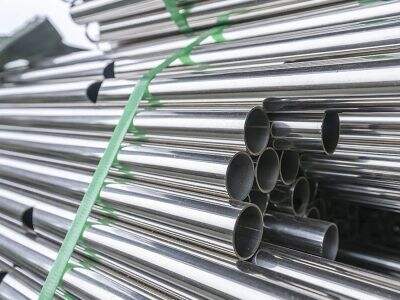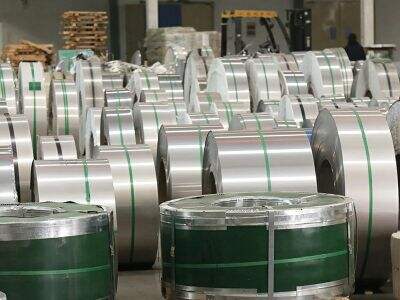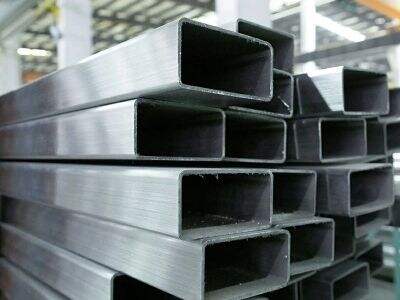Stainless Steel: It is one of the most common materials used in our daily lives, from kitchen utensils to skyscrapers. So what does it mean when the price of stainless steel rises or falls? Five primary factors can influence the condition of stainless steel-cost. Follow along for an in-depth look at each so you can see how it contributes to the cost of this dynamic material
How Market forces Affects Stainless Steel Prices
The price of stainless steel is very dependent on market forces. It is the same as any product works with the law of supply and demand. Common sense tells us that if everyone wants stainless steel and there is only so much of it to go around the price should rise. Or, if supply outpaces demand prices may fall. The price of stainless steel can also be influenced by global factors such as shifts in the world economy, political conflict and natural disasters which all play a role in shaping market forces
The Roles of Tariffs and Trade Agreements In Stainless as well as tariffs
They support their analysis with the use of a hypothetical example that uses tariffs parentheses to illustrate potential pricing differentials
Tariffs and trade matters can affect the price of stainless steel greatly. As steel is a global export and import, changes in trade policies between countries reflects directly on pricing for stainless steel. Fix your eyes on these developments to be ahead of the curve

Iron, Nickel, and Chromium Price Influence on Stainless Steel Prices
Iron, nickel and chromium are some of the elements found within stainless steel. The price of these materials directly influence the cost of Stainless steel. Increased nickel prices, for instance, can push up the price of stainless steel. Otherwise, prices of stainless steel are affected by price changes of iron and chromium as well. Monitoring the costs of these crucial elements will give a good indication of where stainless steel prices will go in coming months

Manufacturing Methods And Labor Costs Determine The Price Of Stainless Steel
How stainless steel is made; This can influence the price of stainless steel. There are advanced manufacturing methods in manufacturing that can lower the cost-effective production of stainless steel. Conversely, labor costs also go a long way to determine the cost of stainless steel. Labor costs, Wages, benefits, working conditions etc. are all factors which effect stainless steel production cost and thereby the price of the finished products
Inflation, Currency Exchange & Industry Trends and Their Impact on Stainless Steel Pricing Trends
Inflation, foreign exchange rates and industry trends can all affect the price of stainless steel. If inflation rates start to rise, prices of things go up and so do production costs which in hand results into higher prices for the stainless steel goods. Currency exchange can also impact directly on the cost of importing or exporting Stainless steel, with exchange rates varying above and below that exact median figure. Furthermore, monitoring industry trends
In summary, due to multiple factors as market economy, tariff, raw materials cost, production technology level labor costs inflation foreign exchange rates and industry trends the price of stainless steel is impacting so. Walmay Metal can manage pricing strategies based on these factors and interactions to create high-quality stainless steel products accessible at competitive prices
Table of Contents
- How Market forces Affects Stainless Steel Prices
- The Roles of Tariffs and Trade Agreements In Stainless as well as tariffs
- Iron, Nickel, and Chromium Price Influence on Stainless Steel Prices
- Manufacturing Methods And Labor Costs Determine The Price Of Stainless Steel
- Inflation, Currency Exchange & Industry Trends and Their Impact on Stainless Steel Pricing Trends
 EN
EN
 AR
AR
 FR
FR
 DE
DE
 RU
RU
 ES
ES
 ID
ID


